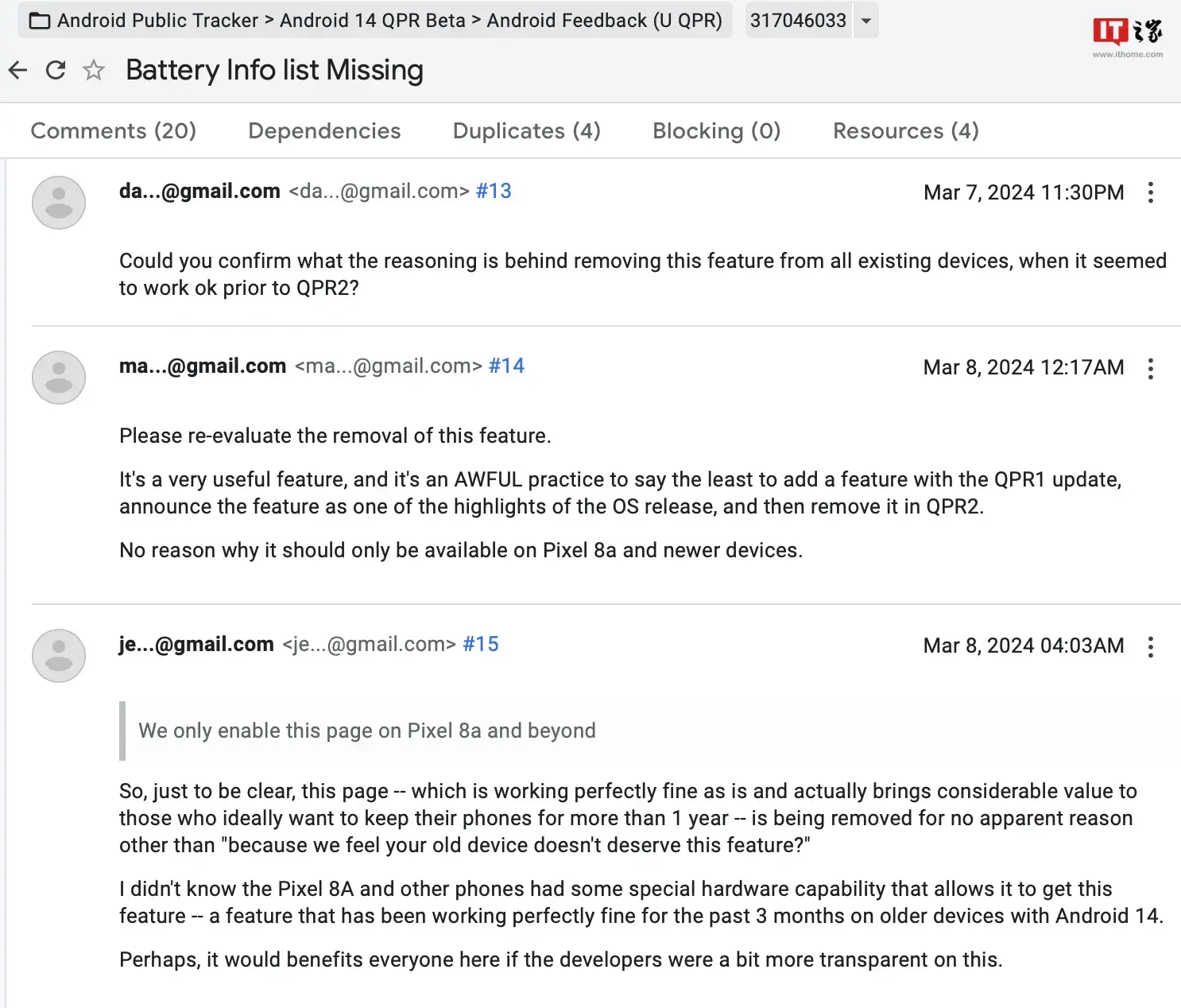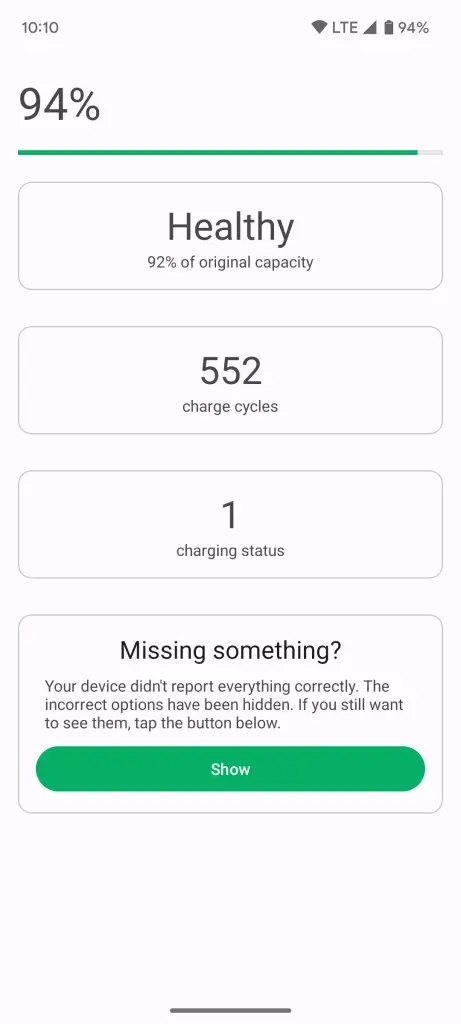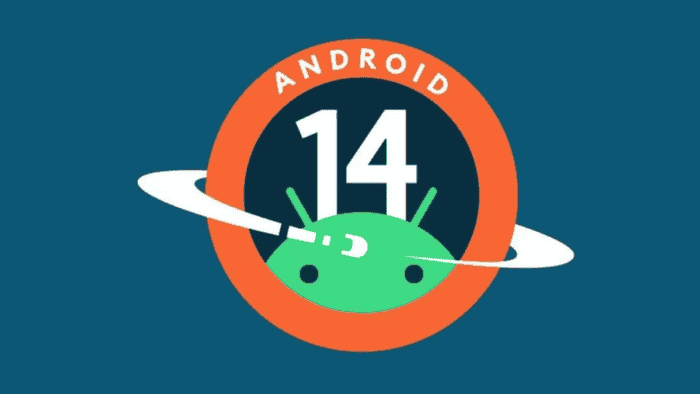Google’s Android 14 QPR2 update has stirred discussions due to the intentional removal of Pixel ‘Battery information’ API. This could affect how users monitor their device’s battery health and performance. In response to criticism on Google’s Android Public Tracker website, a Google engineer confirmed that “Google added the ‘battery information’ API in Android 14 QPR1, but deleted related functions in QPR2.” The engineer confirms that for now, the company plans to only add relevant features to Pixel 8a and subsequent models.

Last year, popular developer, Mishaal Rahman stated that Google will introduce the BatteryManager API in the Android 14 system. He claimed that this feature can display the number of charging cycles, charging status, manufacturing date, first use date, charging strategy and operation status and other valuable information. However, he made it clear that not all models can use this API. Rahman said that it is currently limited to Pixel models running Android 14 Beta 2 and higher.
At the time, developer @narektor leveraged the BatteryManager API to create an open-source battery health app called Batt. The app leverages the Android 14 API to provide users with battery health statistics. Those who want to try this app from @narektor can access it on GitLab.
Impact on Users
The impact of the battery information API from the Google Android 14 QPR2 update on users is significant as it involves the intentional removal of the “Battery information” page on Pixel devices. This feature, introduced in Android 14 QPR1, allowed users to track battery status by displaying details like “Manufacture date” and “Cycle count.” Despite its usefulness, Google decided to remove this feature in the QPR2 update, confirming that it was an intended removal rather than a bu.
The removal of this feature has sparked discussions among users, with some questioning why a working feature that was live for several months was removed. The feature was appreciated for providing valuable insights into battery health and status, such as “Maximum capacity” percentage and warnings when the battery needed attention.
Also, Google’s decision to remove this feature has raised concerns about the quality control process before shipping devices. Users have pointed out that any accuracy issues with the cycle count should have been identified during the preview period and not shipped to stable versions. Overall, the removal of the battery information page in the Android 14 QPR2 update has left users without a convenient method to monitor their battery health and status, prompting discussions about the importance of such features for device maintenance and user experience.

User Reactions and Expectations
Pixel users have expressed surprise and concern over this change, as battery health monitoring is crucial for optimizing device usage and longevity. The expectation was for Google to enhance battery-related features, not remove them.
Future Implications
While Google has not provided detailed reasons for removing this API, it raises questions about the company’s approach to battery management in future updates. Users may anticipate alternative solutions or features to compensate for the loss of detailed battery information.
Gizchina News of the week
Google Android 14 QPR2 Update
The Google Android 14 QPR2 update, released in March 2024, brings several enhancements and features to Pixel devices. This update, part of Google’s Quarterly Platform Releases (QPRs), focuses on refining the platform with bug fixes and performance enhancements. However, a notable change in this update is the removal of the Pixel ‘Battery information’ API. Here is a summary of the key changes in this update:
1. New Features and Fixes: The Android 14 QPR2 update includes a range of new features and fixes for Pixel devices, such as improvements in stability and performance for system apps, enhancements to the Assistant’s responsiveness, and fixes for Bluetooth audio quality issues.
2. Visual Enhancements: The update introduces visual changes like an updated Pixel volume slider, a revamped camera and microphone privacy indicator, and a new two-row text display in the Pixel Launcher’s app drawer.
3. Wi-Fi Sharing: Android 14 QPR2 makes sharing Wi-Fi passwords easier with a new “Share Wi-Fi” shortcut in the quick settings panel.
4. Privacy Indicators: The Microphone and Camera privacy indicators now include a “Close this app” shortcut for quick app shutdowns when using sensors.
5. Taskbar Improvements: For large-screen devices like the Pixel Tablet, there are tweaks to the taskbar that allow users to search for apps more efficiently when accessing the grid from multitasking.
6. Material Design Updates: Various on/off toggles in the Settings app have been updated to the new Material Design 3 style, providing a more streamlined visual experience.
7. System Update Speed: Users have reported faster system update installation times with Android 14 QPR2 Beta 1 compared to previous versions, making the update process more efficient.

Conclusion
In conclusion, the release of Google’s Android 14 QPR2 update has sparked significant discussions and concerns among Pixel users due to the intentional removal of the ‘Battery Information’ API. This change, confirmed by a Google engineer, marks a notable shift in battery monitoring capabilities and has prompted questions about Google’s approach to feature management and quality control.
The impact of this removal extends beyond mere inconvenience, as users rely on battery health insights to optimize device usage and longevity. The sudden elimination of a feature that provided valuable information about battery status and health has left users seeking alternative solutions and expressing disappointment over the loss.
Furthermore, the update introduces a range of other enhancements and fixes, reflecting Google’s ongoing commitment to refining the Android platform and improving the user experience across its Pixel device lineup. From visual enhancements to privacy indicators and system update speed improvements, the Android 14 QPR2 update brings several notable changes aimed at enhancing functionality and usability.
Looking ahead, users may expect Google to address concerns raised by the removal of the ‘Battery Information’ API and explore potential avenues for reintroducing or replacing this feature in future updates. As the discussion continues, users anticipate solutions that prioritize transparency, usability, and device maintenance to ensure a seamless and enjoyable experience with their Pixel devices.





